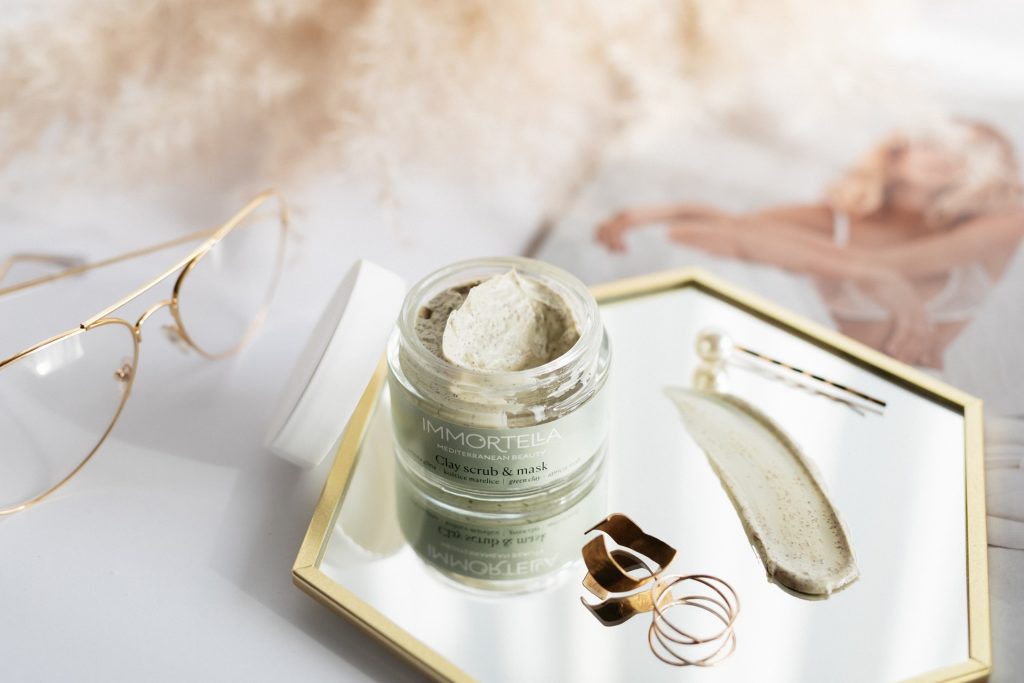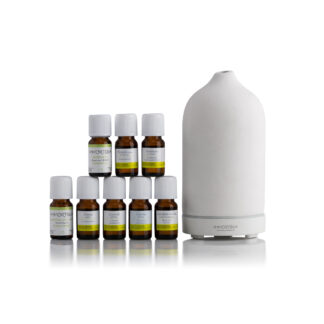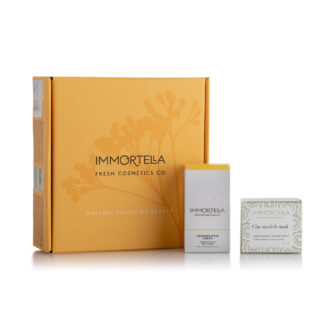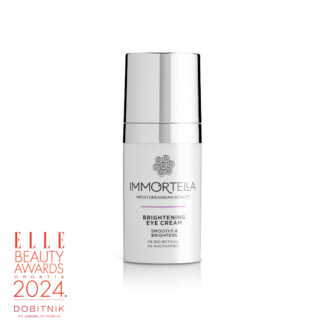Since all the body cells are renewed during our lifetime, in different time cycles, it is not surprising that our skin is renewed every month, given its multiple important roles. You probably know that the skin is our largest organ and covers a little less than 2 m2 of an adult person’s body. It has a thermoregulation, secretory and sensory function as well it protects from mechanical and chemical harmful effects, dehydration or harmful sun radiation.
But above all, the skin is an indicator of our immunity and general health. In order to maintain its natural regeneration and renewal, we should regularly clean it from toxins, excess sebum (fat), bacteria and dead skin cells. This will stimulate blood circulation, natural collagen production and additionally help the full absorption of nutrients from natural skin care products.
And the peeling treatment plays an important role here!
Mechanical peeling is more applicable for home use, while chemical is mostly used in beauty salons under the supervision of a dermatologist. Although both peeling types are intended for every skin type, mechanical is better for more sensitive and dry skin prone to redness, while chemical is more suitable for oily skin. The combination of these two peelings results in a micro-exfoliation treatment that is more used at home today.
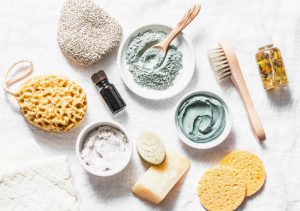
Mechanical peeling physically removes dead skin cells using abrasive elements that can be mineral (sea salt, fine sea sand and various other minerals) or herbal (ground cereals, seeds, kernels or plants’ parts) and carriers’ elements that carry nutrients, nourish and hydrate the skin (unrefined cold pressed vegetable oils, waxes, butters and even honey, yogurt or water).
Thus, it is better to use the ground rice bran for dry skin care because they contain phytic acid which restores damaged collagen and prevents sun spots, then sugar which retains moisture, or apricot kernels i.e. apricot almonds (the soft part in the seed) because they have an anti-inflammatory effect and relieve irritation as well as are very hydrating. It also contains vitamin B17 which renews and rejuvenates the face skin. The best oils for the same purpose are argan, olive, corn or wheat germ oil and cocoa butter, while hazelnut, grape seed, avocado or jojoba oil are good for oily skin. When you exfoliate face and body (neck, décolleté, elbows, knees, feet) just pay attention to the abrasive elements’ granulation and use smaller ones for the face and larger for the body so you don’t damage the skin’s sensitive parts.
Alpha-hydroxyl (AHA) acids, derived from sugar cane, citrus or milk, and beta-hydroxyl BHA (salicylic acid) in combination with enzymes are used for chemical peeling. Due to its deeper impact, it is good for whitening hyperpigmentation’s blemishes, cleansing skin prone, acne and blackheads, removing wrinkles or small scars. Chemical peels break the old skin’s surface layer which is then washed off with water and then new skin cells are stimulated and formatted.
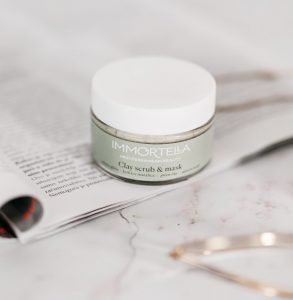
It is your choice which peeling will you choose, but it is certainly good to consult a dermatologist as well to get some more facts. After chemical peeling treatment, the skin recovers for another two weeks so do it rarely, while mechanical can be done weekly twice. Also, if you have oily skin, it is advisable to exfoliate on a weekly basis (or more often) to regularly maintain its tone, while dry skin needs it less often in order not to further damage its natural moisture barrier. After peeling, the skin should generally be well nourished with creams, lotions or serums to restore its moisture and a protective acidic pH barrier as well as additionally protect it from UV radiation with SPF creams due to its (photo) sensitivity to the sun, after treatment.

